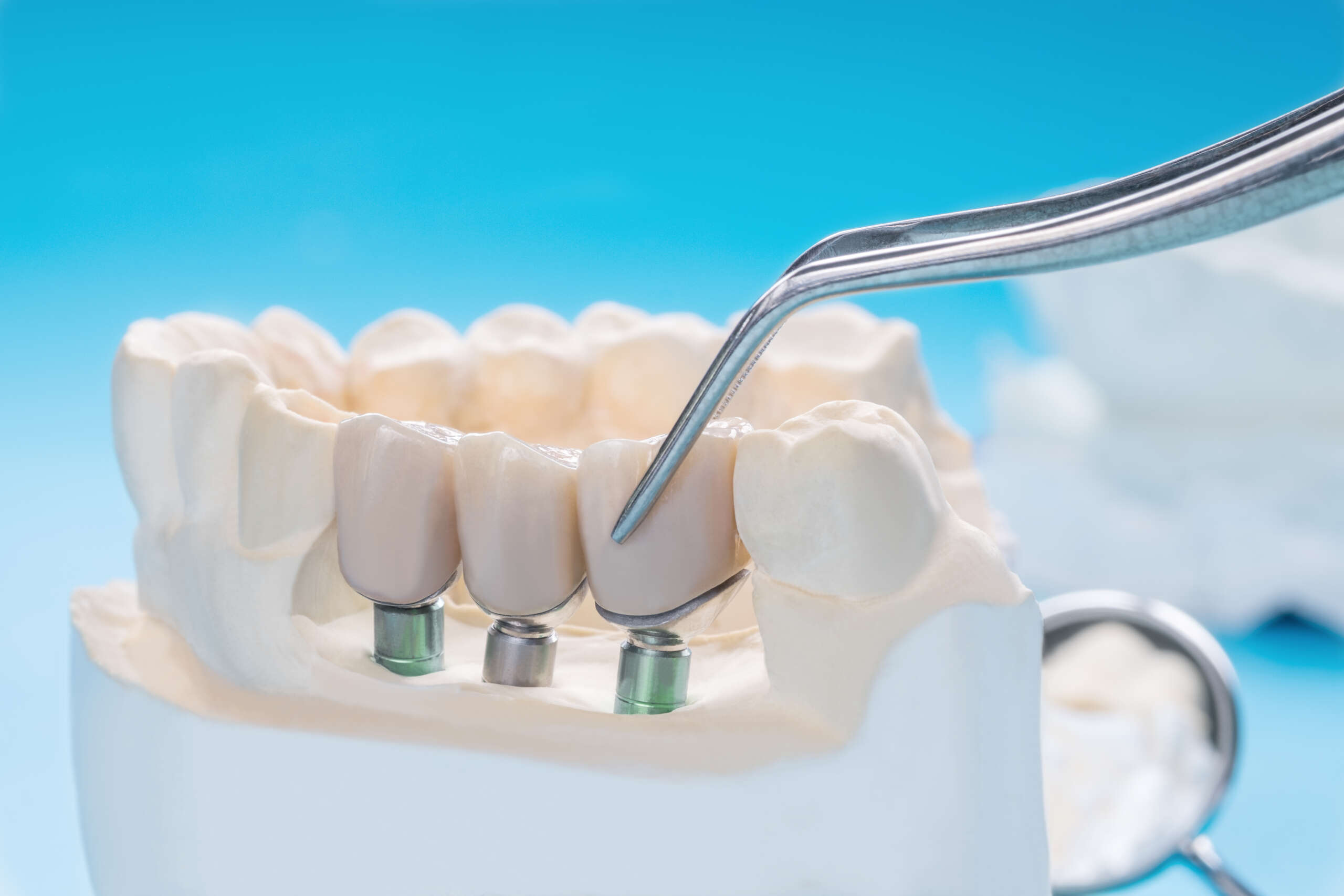
What Is a Dental Bridge and How Does It Work?
A bridge is a custom-made prosthesis that is given to patients who are missing a tooth or teeth. A dental bridge is attached to one ore more teeth on each side of a missing tooth.
When a person loses a tooth or has one removed, the consequence is a gap, which can cause a variety of problems in the mouth. For one thing, the remaining teeth have the potential to drift and shift, affecting one’s bite. It can also cause jaw pain as well as excessive wear on the surrounding teeth. Drifting teeth increase the risk of gum disease and dental decay by providing additional areas for plaque to collect.
Many people prefer to have a missing tooth replaced with a dental implant by a dentist in order to avoid these diseases and the unpleasant appearance that a missing tooth can cause. A dental bridge is an alternate procedure that can be a more cost-effective option to dental implants.
Types of Dental Bridge
Dental bridges are divided into three categories. Depending on the position of the lost tooth (or teeth) and the condition of your teeth, mouth, and gums, your dentist will propose the best option.
Traditional bridges: These prosthesis are made of porcelain or porcelain fused to metal, and unlike detachable partial dentures, they cannot be taken out of your mouth.
Cantilever bridges are employed when the open space is surrounded by only one abutment teeth.
Maryland bonded bridges, also known as resin-bonded bridges, are used to replace missing teeth in the front of the mouth. When the abutment teeth are healthy, sturdy, and do not have extensive fillings, it is a good option.
Procedure for a Dental Bridge
- If you have two healthy teeth on either side of a lost tooth (or teeth), your dentist will shape them to receive a dental bridge. Dental implants may be inserted in your jaw bone if you do not have healthy teeth or enough teeth to support a bridge. A dental implant is a titanium-based artificial root that is implanted into the jawbone to replace the original tooth’s root. The implant serves as a secure anchor for a prosthetic tooth or bridge.
- Next, your dentist takes imprints of your teeth to create a replica of your teeth (molds). The model is used to create a one-piece artificial tooth (or teeth) and two crowns. This piece is called a bridge.
- In the meanwhile, your dentist will install a temporary bridge in your mouth to protect the teeth and gums that are exposed.
- At your second appointment, your dentist will remove the temporary bridge and replace it with the custom-made bridge. On each side of the missing tooth, the crowns are either bonded to your two healthy teeth or linked to your dental implants (or teeth).
When it comes to dental bridges, how long do they last?
Dental bridges must be treated with the same level of care and attention as natural teeth. A high-quality dental bridge can last 10-15 years or longer if you follow a decent oral hygiene routine, eat a healthy diet, and have frequent dental check-ups.
Why am I interested in a fixed bridge?
You might want a fixed bridge for a variety of reasons, including:
- Prevent remaining teeth from sliding out of position
- Restore chewing and speaking skills
- Restore your smile
- Upgrade from a disposable partial denture to a permanent dental appliance
Advantages of Dental Bridge
- Installing a bridge is now a straightforward procedure thanks to recent improvements in dental technology and cosmetic dentistry.
- It is a time-saving technique that requires only two dental appointments.
- The appearance of bridges is natural.
- They aid in the maintenance of facial tone and the prevention of facial muscular alterations.
- Bridges can help you avoid gum disease by preventing the tooth from shifting, tilting, or migrating into the empty gap if you practice good oral hygiene.
- They provide you with a healthy, beautiful, and well-aligned smile, as well as helping to repair bite difficulties and even improve your ability to talk clearly.
- Because the pressures in your bite are evenly distributed once bridges are installed, your chewing efficiency improves.
- When compared to dental implants or any other restorative dental procedure, bridges are less intrusive and less expensive.
- Your fixed bridge should last ten years or longer, though it will necessitate strict oral cleanliness.
Last thoughts!
The benefits of using dental bridges to replace one or more missing teeth are evident. It can cure all of the issues that come with tooth loss, such as eating, chewing, and speaking difficulties. Additionally, it restores your lovely smile and overall attractiveness.
Ekdant
Our Other Services
Office Hours
- Monday:7:00 am – 7:00 pm
- tuesday:7:00 am – 7:00 pm
- wednesday: 8:00 am – 5:00 pm
- thursday: 8:00 am – 4:00 pm
- friday:7:00 am – 7:00 pm
- saturday:Closed
- sunday:Closed
Ask the Expert
Have a brief question you would like answered by one of our experts? Please use the form below:



